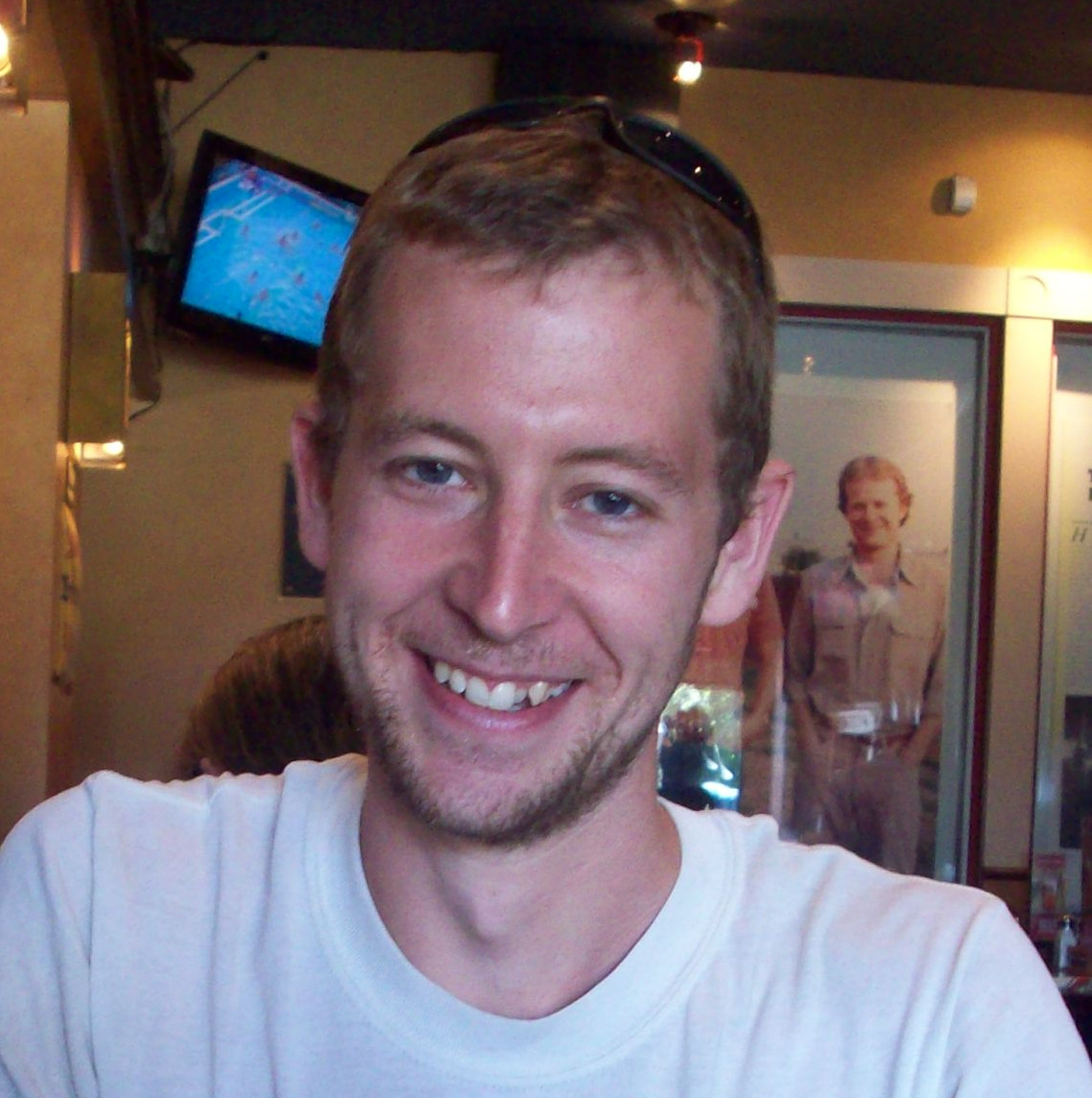Real-time diffuse optical spectroscopy
Published:
The current standard of care for most locally advanced breast cancer patients involves a round of pre-surgery chemotherapy to shrink the size of the tumor. Besides expensive imaging such as MRI that is rarely performed, there is currently no way to know whether the chemotherapeutic is working. Inexpensive optical tools can be used to monitor tumor hemodynamics and determine whether a therapy is working or not within hours of treatment. Previous diffuse optical spectroscopy systems acquired images slowly and required lengthy data processing which limited their utility in a fast-paced clinical setting and made it difficult to know whether the data collected was of high quality. Frequent follow-up using optical spectroscopy could allow doctors to modify chemotherapy regimens for each patient based on real-time feedback of its efficacy. This advance would save patients weeks or months of debilitating side-effects from ineffective chemotherapy treatments.
To overcome this limitation, I helped develop an ultrafast diffuse optical spectroscopy device. Novel firmware allowed data collection and processing to be performed at high-speed. I integrated this firmware with a custom software platform that used computer vision to provide a live display of tissue oxygenation for use by clinicians. This display allows users to assess the quality of the data they are collecting to make sure that it is sufficient to evaluate the patient.
